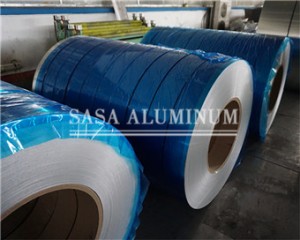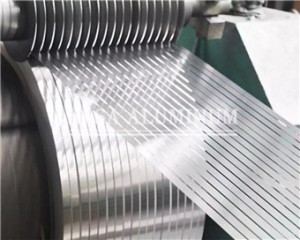Aluminum strip is a versatile and widely used form of aluminum. It possesses several characteristics that make it suitable for various applications. Here are the key characteristics and uses of aluminum strip:
1. Electrical and Electronics: Aluminum strip is commonly used in electrical conductors, power cables, transformer windings, busbars, and printed circuit boards (PCBs) due to its high electrical conductivity.
2. Building and Construction: Aluminum strip finds applications in building and construction, including roofing, facades, window frames, doors, and structural components. Its lightweight nature, corrosion resistance, and ease of fabrication make it popular in the construction industry.
3. Automotive: Aluminum strip is used in the automotive industry for various applications, including heat exchangers, radiator fins, trim components, body panels, and wiring harnesses. Its lightweight nature helps in fuel efficiency and overall vehicle weight reduction.
4. Packaging: Aluminum strip is used in the production of packaging materials, such as cans, foils, and lids. Its excellent barrier properties against moisture, light, and oxygen make it suitable for preserving the freshness and integrity of food and beverages.
5. Heat Transfer: Aluminum strip is utilized in heat exchangers, air conditioning systems, and cooling devices due to its high thermal conductivity and lightweight nature.
6. Reflectors and Solar Applications: The reflective properties of aluminum strip make it suitable for reflectors, lighting fixtures, and solar energy applications, where efficient light reflection and energy conservation are essential.
These are just a few examples of the characteristics and uses of aluminum strip. Its versatility, along with its favorable properties, has made it a popular material in various industries.
Post time: Jun-05-2023

